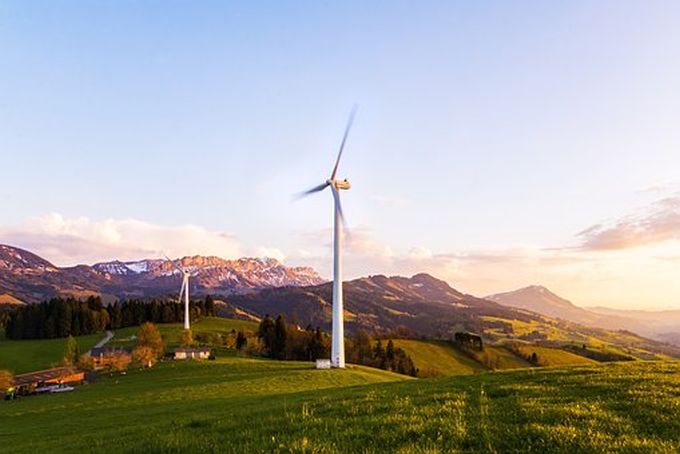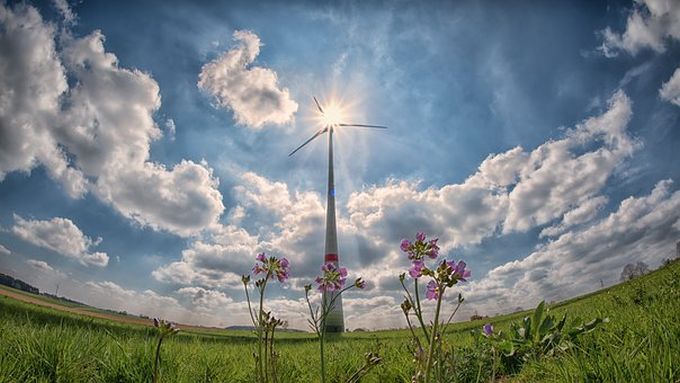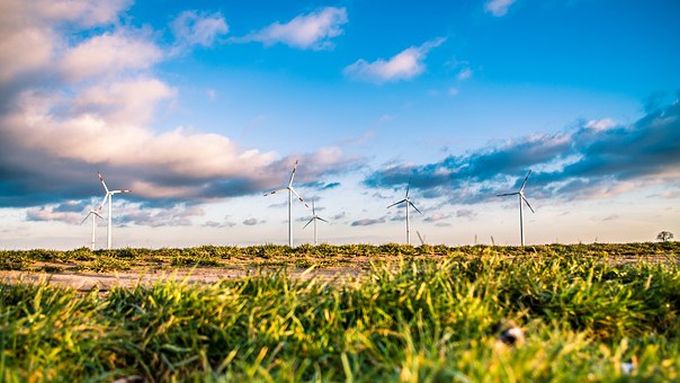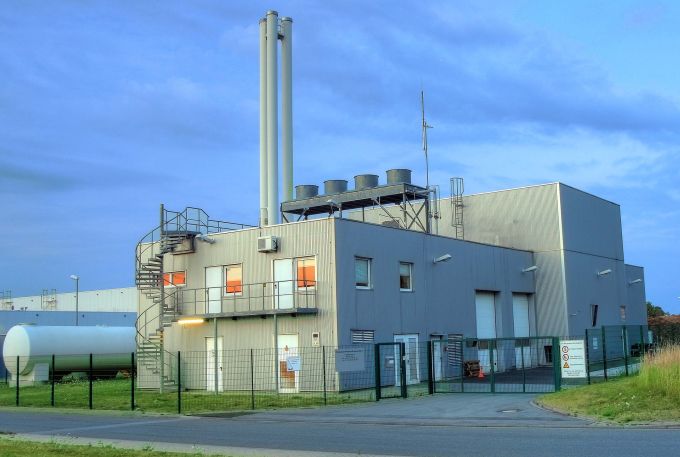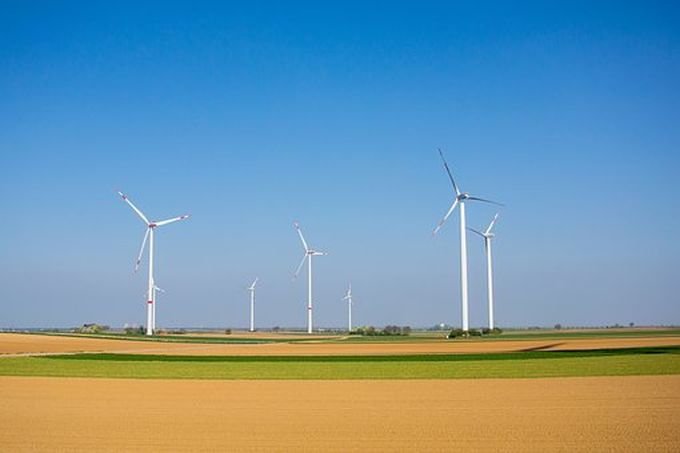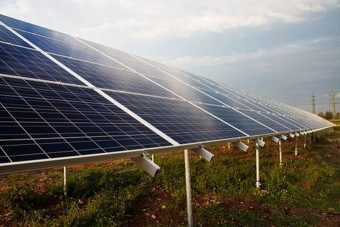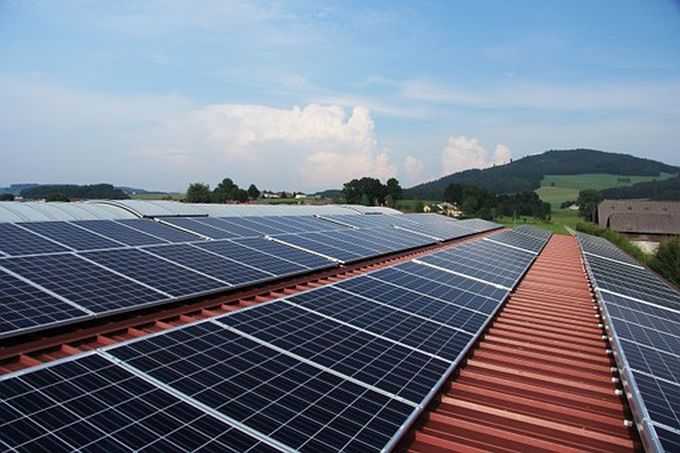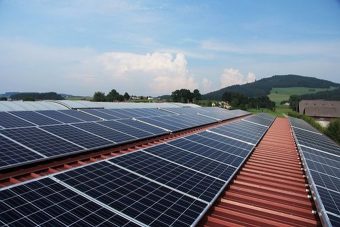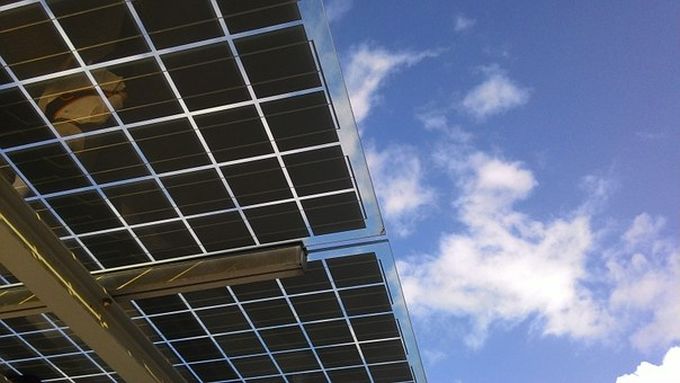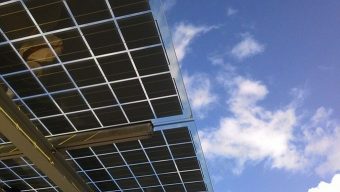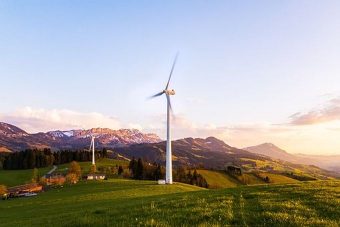
Block Island, the smallest town in the country’s smallest state, is now powered by Rhode Island’s Deepwater Wind, the nation’s first offshore wind farm.
Block Island Power Company officially silenced its diesel generating plant in the early hours on Monday, meaning its 2,000 electric customers now have access to clean, renewable energy.
The utility’s interim president, Jeffery Wright, told The Block Island Times that the town’s electrical system was “successfully transferred” to the wind farm and National Grid’s Sea2Shore submarine cable on May 1 at 5:30 a.m.
The town’s switch ends nearly a century of dependency on costly, nosy and polluting generators that burn 1 million gallons of diesel fuel annually, Wright told Newsday.
Block Islanders will save $25 to $30 a month off their electricity bills with a starting cost of 24 cents per kWh, according to InsideClimate News.
Wright told Rhode Island Public Radio that switching to clean energy eliminates the risks of transporting diesel fuel to the island.
“(The fuel) gets loaded onto a truck, it gets transported over here, it gets unloaded out of the truck and the risk of a spill is always something we’re concerned with, and that risk right now was diminished a lot,” he said.
Deepwater Wind’s 30 megawatt Block Island wind farm consists of five wind turbines. Company CEO Jeffrey Grybowski said it’s “our honor to celebrate this historic milestone with Block Islanders.”
“We’re confident that the example Block Island has set will inspire communities up and down the Eastern Seaboard to chart their own path toward a renewable future,” he added.
Source: ecowatch.com


